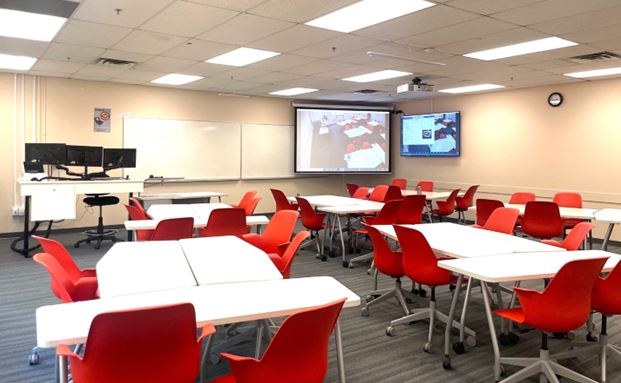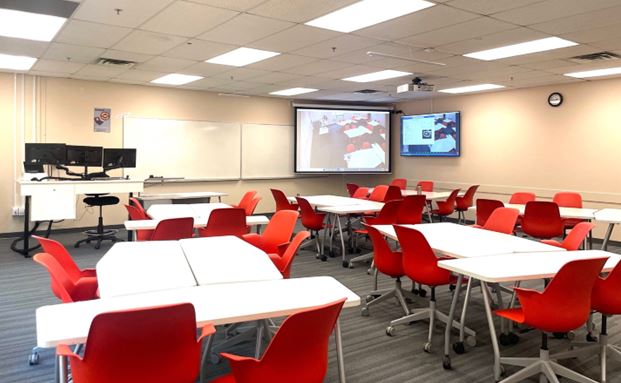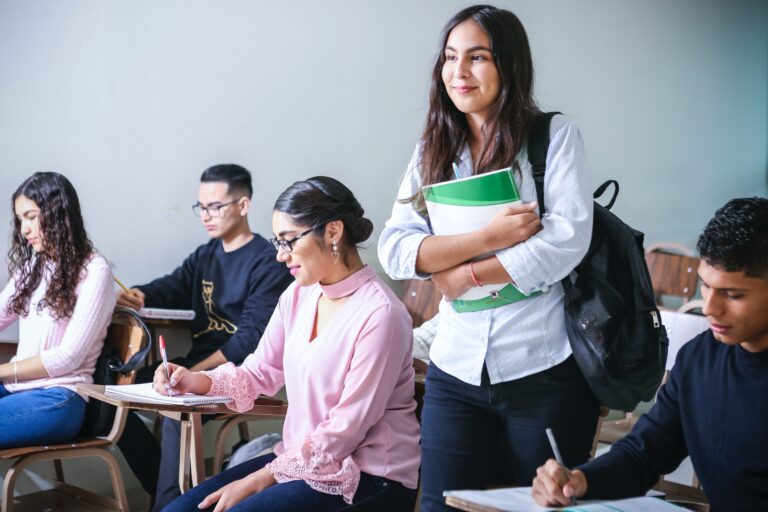Embracing technology-enhanced learning: Provides support, accessibility, and flexibility for students in their educational journey
If the pandemic has taught us anything, it is that we (as humans) are flexible beings and various examples show there is increased flexibility coming out of the pandemic. Remote and hybrid work models provide flexibility in work and life balance, telehealth enables patients to access healthcare in remote and hard to access areas, and most notably online or hybrid learning offering more flexibility for students to attend classes and complete coursework.
According to a KPU student survey done by Office of Planning & Accountability (2020), students were surveyed their most preferred mode of instruction. Of those surveyed, most preferred some sort of asynchronous delivery, as it allowed for greater flexibility. However, synchronous experiences offered engagement with both instructor and students. Students wanted recorded lectures so they can revisit materials as often as needed, allowing more flexibility with most students working, with family responsibilities and other course work.
At KPU, this means assessing and evaluating our physical classrooms and technologies to support a multimodal learning experience for our students. “Research has shown that thoughtful design of the physical space can facilitate an instructor’s goals and help create effective classroom dynamics as students interact with each other, the professor, and the course materials. Such design can also support students’ needs for autonomy, competence, and belonging.” (Penrod, 2023)

Starting Fall 2023, KPU has transformed 2 regular e-classrooms (which provide the ability to connect to the projector wirelessly, sharing content with your students) into “Technology Enhanced Classroom”. These transformed classrooms are designed to provide more flexibility and inclusivity to your learning environment. They have the added ability to record and capture your lessons as videos and making them available for students to review materials as needed. Learn more about use cases and benefits of this capture technology, https://kputlcommons.freshdesk.com/support/solutions/articles/43000681637-what-is-lecture-capture-classroom-.
In addition to capture, these spaces also offer state-of-the-art streaming technologies, allow instructors to support both in-person and synchronous online learning experiences. The classroom is fitted with a streaming unit, a 75” TV screen, an auto-tracking camera, and high-quality smart microphones for enabling maximum flexibility for multimodal learning. Learn more about benefits of classroom streaming, https://kputlcommons.freshdesk.com/support/solutions/articles/43000713281-what-is-classroom-streaming-technology-.
Technologies without thoughtful integration is not optimizing anything – for the tech and for your students learning. In the wise words of Tony Bates (2019), technology in education is things or tools to support teaching and learning. It’s up to us as educators to provide the best learning experience for our learners through effective use of technologies. According to a 2021 white paper by EdTechMagazine, “successful blended learning depends on integration. On the instructional side, blended learning should integrate online and face-to-face elements thoughtfully, using meaningful classroom interactions to complement students’ virtual work and interactions. On the technology side, software solutions, together with hardware components, should be tightly integrated for ease of use and quality of content, both of which are essential to a seamless user experience.”
More often than not, instructors are left frazzled by new technologies in these spaces. This is where we are hoping to change that, both in technology support and pedagogical support. Teaching & Learning is here to provide support to faculty who are looking to be innovators in these new spaces. If you are teaching in one of these spaces and have not reached out or if you are wanting to learn more about how you could have first dibs on these spaces, please reach out to tlcommons@kpu.ca we would be more than willing to find ways to build more inclusive learning spaces together.
Sources:
Bates, A.W. Tony (2019). Teaching in a Digital Age: Guidelines for designing teaching and learning.
EdTech Magazine (2021). Building Out Blended Learning Environments For Higher Education.
Office of Planning & Accountability (2020). Students’ Views on Remote Learning.
Penrod, Jodie (2023). Hybrid Learning and Space Reimagination: Optimizing Access and Equity to Promote Student Success.
Robin is the Educational Media Strategist in the Teaching & Learning Commons at KPU. He oversees the educational media platform (Kaltura) and the blogging/portfolios platform (WordPress). He provides practical strategies to incorporate media-based assessments, engagement and enhance traditional methods of teaching and learning by introducing faculty to digital innovations.






